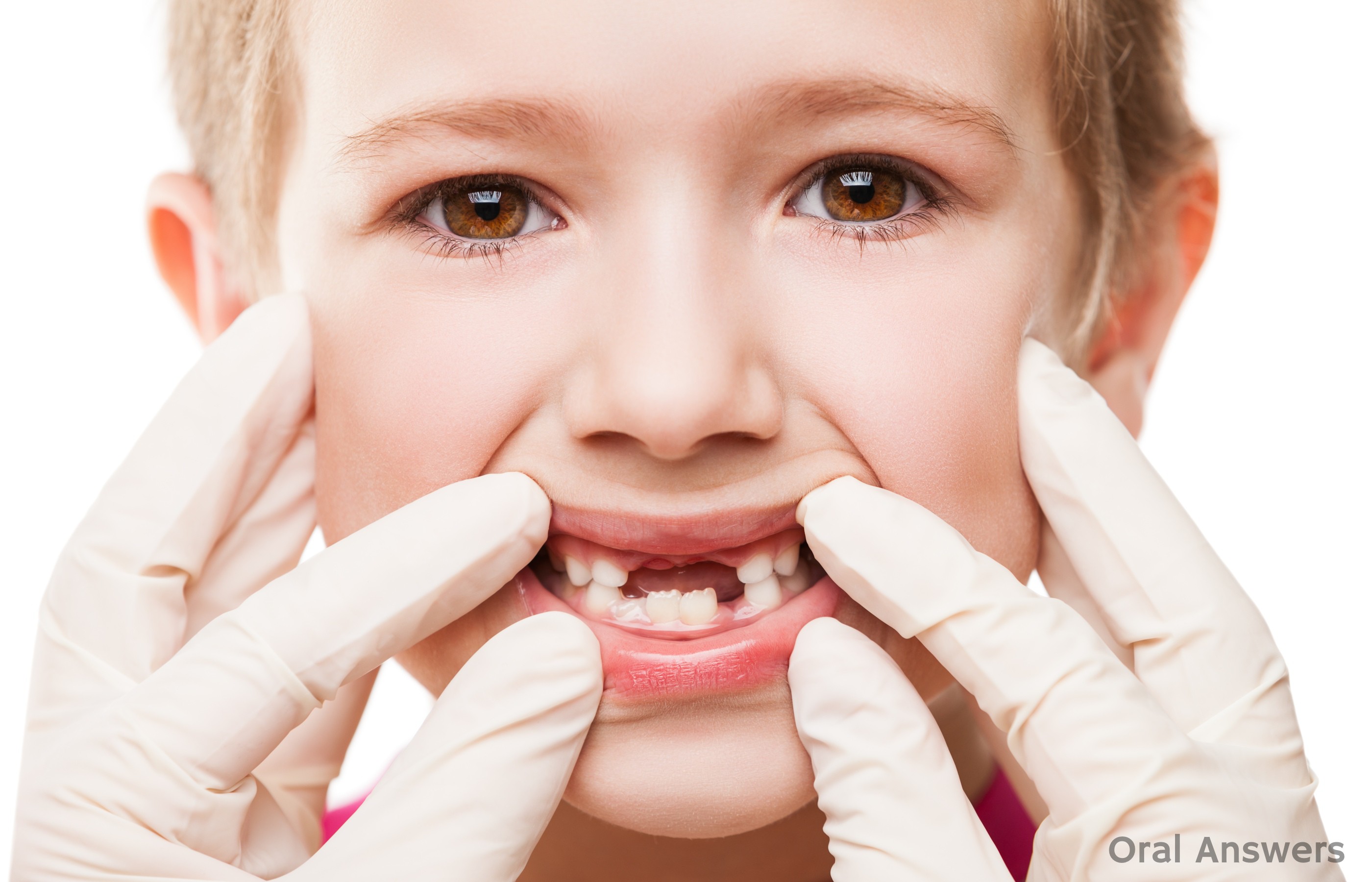
welcome to the university of michigan dentistrypodcast series promoting oral health care worldwide. the proximal box portion of the class ii cavitypreparation should be considered as simply an extension of a class i. therefore, beforethe development of the proximal box has begun, the class i portion of the preparation shouldbe completed. as an aid for the proper extension of the proximal box, pencil marks should beplaced on the tooth surface to indicate the projected buccal and lingual extensions thatwill be accomplished with rotary instruments. the first step in preparing the proximal boxis to utilize a number 56 fissure bur. this bur will expose the dentinoenamel junction,and at the same time will thin the marginal
ridge. an attempt is made to thin the marginalridge as much as possible approximately to one-half millimeter without it fracturing.this thin wall of enamel acts as a protection to inadvertent damage to the adjacent tooth. the following diagrams will demonstrate thepositioning and the proper stroking of the number two round bur. the number two roundbur is placed on the exposed dentinoenamel junction as indicated in the upper right diagram.notice that the bur is placed one-quarter on the dentin surface and three-quarters onenamel. proper depth is usually achieved with three or four strokings of the bur directedtoward the cervical. when the bur has finally penetrated one-quarter to one-half millimeterbeyond the cutting surface of the bur, it
is then withdrawn. with the handpiece running at high speed,the bur is re-seated into the established cervical extension of the initial penetrationand contacting this area of the tooth structure without cutting cervically, the bur is movedin a buccal direction approximately one-half a bur-width at a time and then withdrawn.this procedure is repeated two or three times until proper extension is accomplished. aftercompleting the buccal extension, the number two bur is placed into the original pointand the depth of penetration. the identical movements used for the buccal extension arenow followed until the desired lingual extension is completed. the diagrammatic example willnow be demonstrated on the extracted tooth.
the dentinoenamel junction is identified andpenetration of the bur one-quarter in dentin and three-quarters in enamel has begun. asmentioned before in the diagrammatic example, three or four strokings of the bur towardsthe cervical usually results in the bur penetrating to one-quarter millimeter beyond its cuttingarea. to check the depth the bur is withdrawn, the handpiece is stopped, and the bur placedinto the prepared tooth. with the handpiece running at high speed, the bur is re-seatedinto the point of initial penetration to the established depth and contacting this tissuewithout cutting, the bur is moved in a buccal direction until the desired extension is reached.after completing the buccal extension, the bur is placed back into the original depthof penetration and the identical movements
are carried out in a lingual direction untilthe desired extension is reached. the following diagrams will illustrate theuse of a number 56 straight fissure bur. please remember that the end of a fissure bur willcut tooth tissue. therefore, as the bur reaches the established depth of penetration the lightestof pressures cervically must be used. this bur will accomplish two things. first, itwill smooth the cervical floor, second it will place the inverse taper on the proximalwall. the diagrammatic examples will now be demonstrated on the extracted tooth. the bur is placed into the prepared toothvery lightly contacting the cervical floor and as the bur is moved buccally it is positionedso it will produce an inverse taper on this
proximal wall. the lingual wall is preparedin the same manner. the marginal ridge is now thinned even more. very often as is demonstratedhere, a piece of the thin marginal ridge will break away. this creates no problem. notethe hole in the marginal ridge. an enamel hatchet is used to accomplish four objectivesin this cavity preparation. first, to extend the proximal walls. second, to place the properflare on the proximal walls. third, to prepare the cavosurface margins of the proximal wallsfor acceptance of the restorative material and fourth, to smooth the cervical floor. a gingival marginal trimmer is used to placethe two bevels of this cavity preparation. first, the bevel of the cervical enamel. notehere how rough the enamel looks, and is, on
this preparation. secondly, the bevel of thepulpal axial line angle. in beveling the cervical enamel, care must be taken with the buccaland lingual corners of the proximal box. as the instrument is being carried across thecervical floor, it must not strike the cervical corners of the proximal box. if this happens,a sharp groove is cut into these corners and it is difficult to properly condense amalgaminto these areas. therefore as the beveling is started, the marginal trimmer should bestarted one or two millimeters on the proximal wall and brought down the proximal wall, pastthe corner and out on to the cervical floor for one or two millimeters. then the normalmovement of the instrument pulling across the cervical floor is accomplished. then thegingival marginal trimmer is used to bevel
the pulpal axial line angle. a number one-half round bur is used to placeround retension in the proximal walls. the bur is placed one-half its width into dentinjust inside the dentinoenamel junction at the cervical floor and is stroked occlusallyto the height of the pulpal floor. this prepared cavity is now ready to receivethe restorative material. you have been listening to a presentationfrom the university of michigan's school of dentistry which is dedicated to supportingopen learning and open educational resources. this recording is licensed under the creativecomments. it may be reused and redistributed for nonprofit use. please attribute materialsto the university of michigan's school of
dentistry and redistribute under this samelicense. for more information on how this and other university of michigan school ofdentistry recordings may be used visit www.dent.umich.edu/license.
 Januari 13, 2017
Januari 13, 2017

Tidak ada komentar
Posting Komentar